Defence Strategic Review prioritises additional $1.5bn funding for long-range Precision Strike Missiles
The Albanese government will more than double funding for a new domestic guided weapons industry and fast-track the purchase of long-range Precision Strike Missiles.
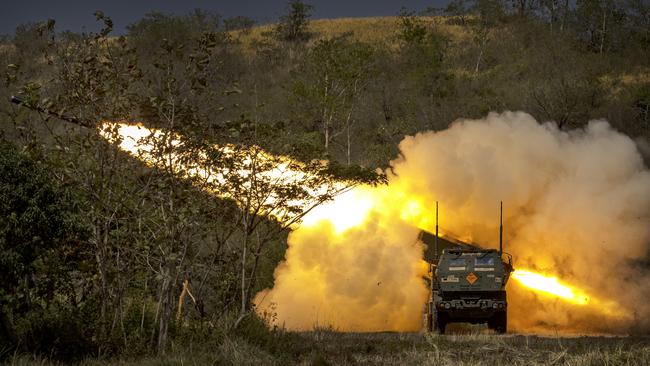
The Albanese government will more than double funding for a new domestic guided weapons industry and fast-track the purchase of long-range Precision Strike Missiles to help deter China’s strategic ambitions in the Indo-Pacific.
The government’s long-awaited defence strategic review, to be released on Monday, will prioritise long-range strike and national resilience, and warn Australia must play a vital role preserving regional peace.
The nation’s planned sovereign guided weapons enterprise will get an extra $1.5bn over the next four years, lifting its initial funding to $2.5bn, as the government moves to accelerate the key strategic resilience program.
The surface-to-surface PrSMs, which can be fired from US-made HiMARS launchers, have a range of about 500km. But defence giant Lockheed Martin is working on plans to extend their range to more than 1000km.
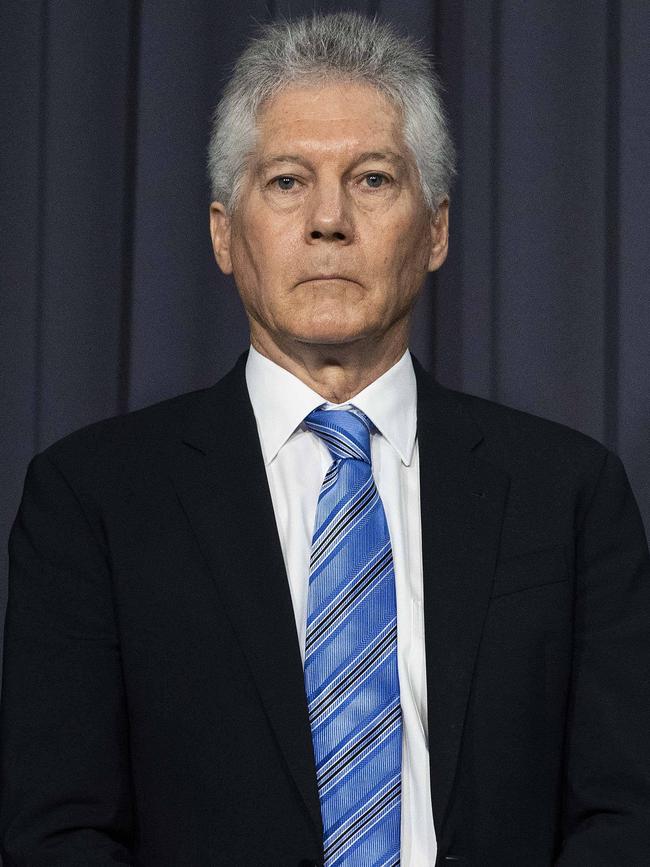
The unclassified version of the review, to be released on Monday, will be titled “National Defence”, signalling a shift to a more muscular Defence posture in response to the most dangerous strategic circumstances since World War II.
The classified version of the review, led by former defence minister Stephen Smith and former chief of the defence force Sir Angus Houston, will include a range of “plausible scenarios” – most believed to involve China – that will not be published in the public version of the report.
As the army reels from deep cuts to armoured vehicle orders, it’s understood an already-contracted purchase of 75 new M1A2 Abrams tanks and 53 armoured support vehicles will go ahead.
New cyber and space capabilities, underwater sea mines, armed drones, and the hardening of the RAAF’s northern bases are all expected to be prioritised in the review and the government’s response.
The once-in-a-generation National Defence plan will warn the ADF needs the ability to project military power well into the region to protect vital sea lanes and deny adversaries the ability to operate in the archipelagos to Australia’s north.
“Projection is much more important for Australia today than it has been before,” Defence Minister Richard Marles told Sky News on Sunday.
“If we need to protect our connection to the world, and if we need to play our part in providing an underpinning of the global rules-based order, these are ideas and things which are well beyond our border.
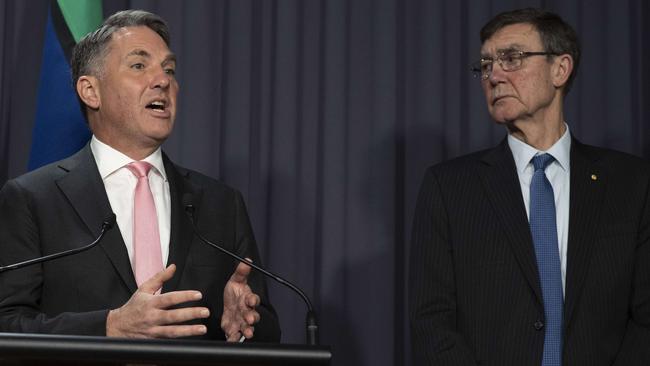
“And so in that sense, we need to have a capacity to project, to make our contribution to the collective security of the region in which we live and the underpinning of the global rules-based order.”
The planned guided weapons and explosive ordinance enterprise was announced by the Morrison government in March 2021 to domestically manufacture the ADF’s most important missiles. But the Coalition took more than a year to name US companies Lockheed Martin and Raytheon as partners in the enterprise, and little has happened since.
The unclassified version of the defence strategic review will run to 110 pages, about 60 fewer than the classified version, and includes 14 chapters – four fewer than the secret one.
While the review will recommend an array of new capabilities, the government will face a fiscal juggling act amid a $42bn shortfall in funding for promised weapons systems over the next decade, and a $58bn bill for the AUKUS nuclear submarine program over the same period.
The review marks a departure from nearly four decades of strategic thinking that was first articulated in Paul Dibb’s 1986 report, The Defence of Australia.
Professor Dibb’s report called for ADF capabilities to meet “escalated low-level threats” in the region, arguing there would be more than a decade of strategic warning time before a major regional conflict.
The new National Defence report will argue for rapid capability improvements to respond to a much more dangerous world in which a major US-China conflict over Taiwan could break out in the short to medium term, whether by accident or design.

It will call for a dramatically enhanced ADF with the ability to hold adversaries at bay over long distances and to wage war in the complex island and ocean gap that separates Australia from East Asia.
The army has had its long-awaited order for infantry fighting vehicles slashed from 450 to 129, and it won’t receive a second regiment of self-propelled howitzers – tank-like artillery pieces that can fire explosive shells up to 60km.
Opposition MP Phillip Thompson, a former soldier and Afghanistan veteran who represents the garrison town of Townsville, said army personnel felt “let down” by the cuts to the service’s armoured vehicles.
“They know that infantry fighting vehicles are a game-changer on the battlefield,” he said. “One Digger told me, ‘this is typical from a bunch of generals and a minister who have never stood on a battlefield and fought the enemy’.”
But a senior source said the army was gaining new capabilities, including HiMARS-launched missiles.
The review will also reveal plans for the future of the navy’s surface fleet amid speculation that the program to build nine Hunter-class frigates could be reduced to just six, to be partly offset by the building of a new class of heavily armed corvettes.
New missile capabilities will include Naval Strike Missiles that can be fired from the navy’s three Hobart-class Airfare Destroyers and its six ANZAC-class frigates, and potentially from a new Bushmaster-mounted launcher.

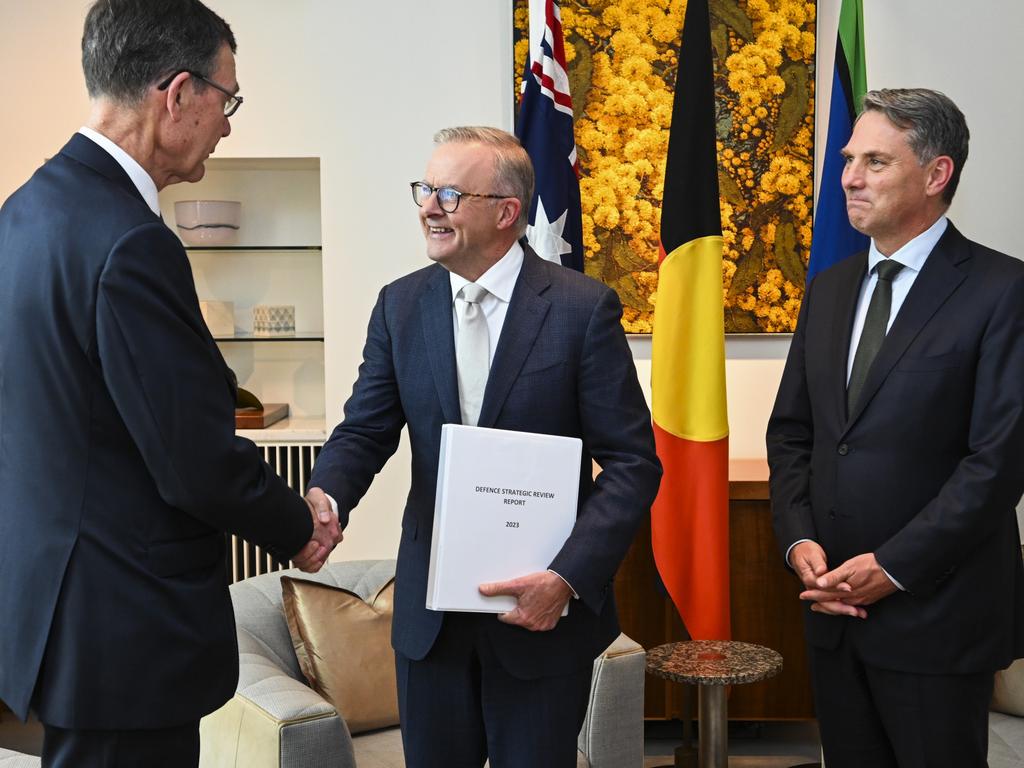
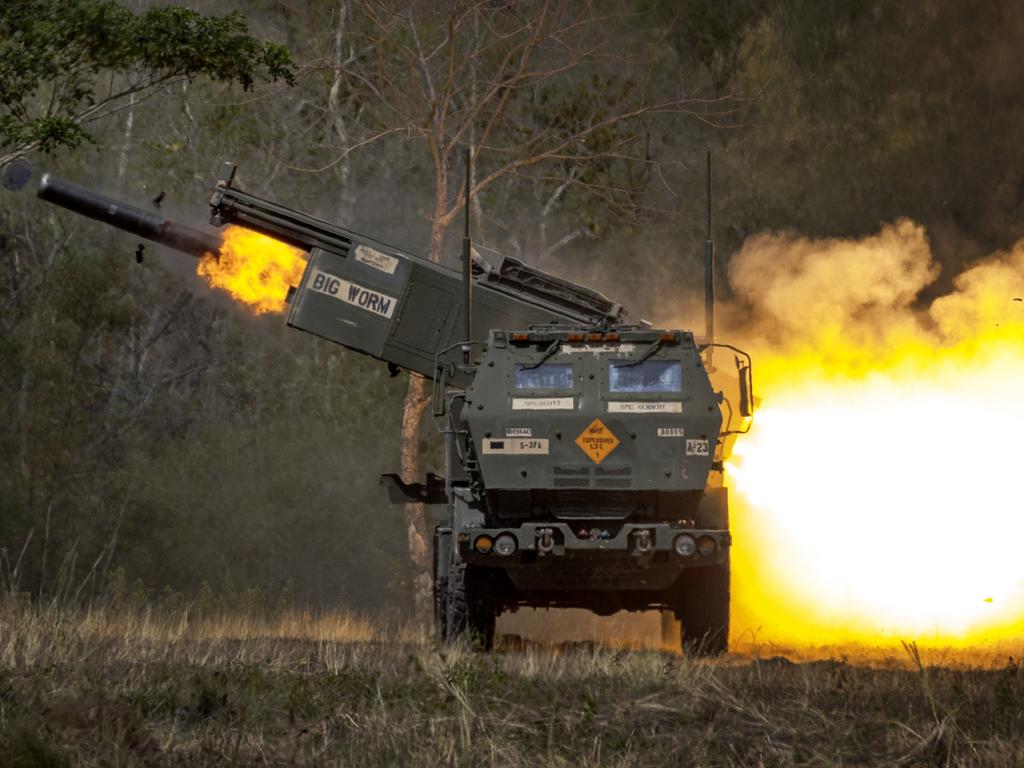




To join the conversation, please log in. Don't have an account? Register
Join the conversation, you are commenting as Logout